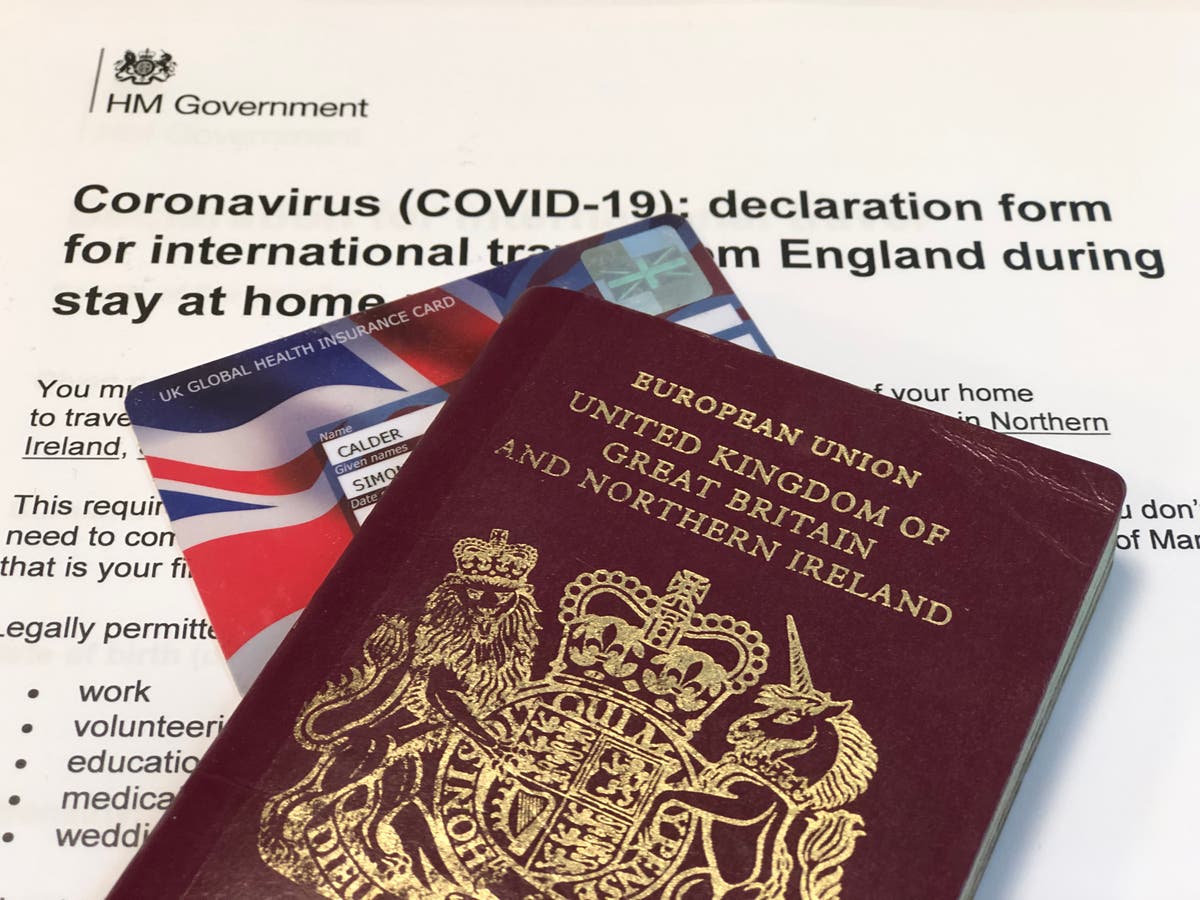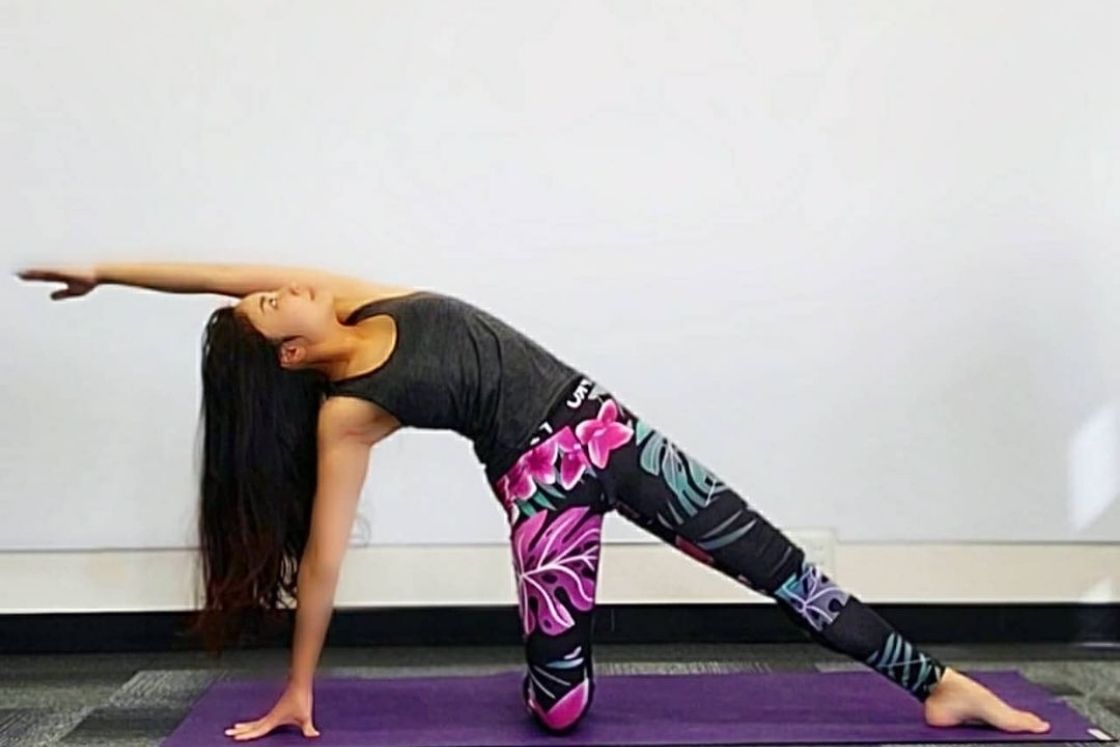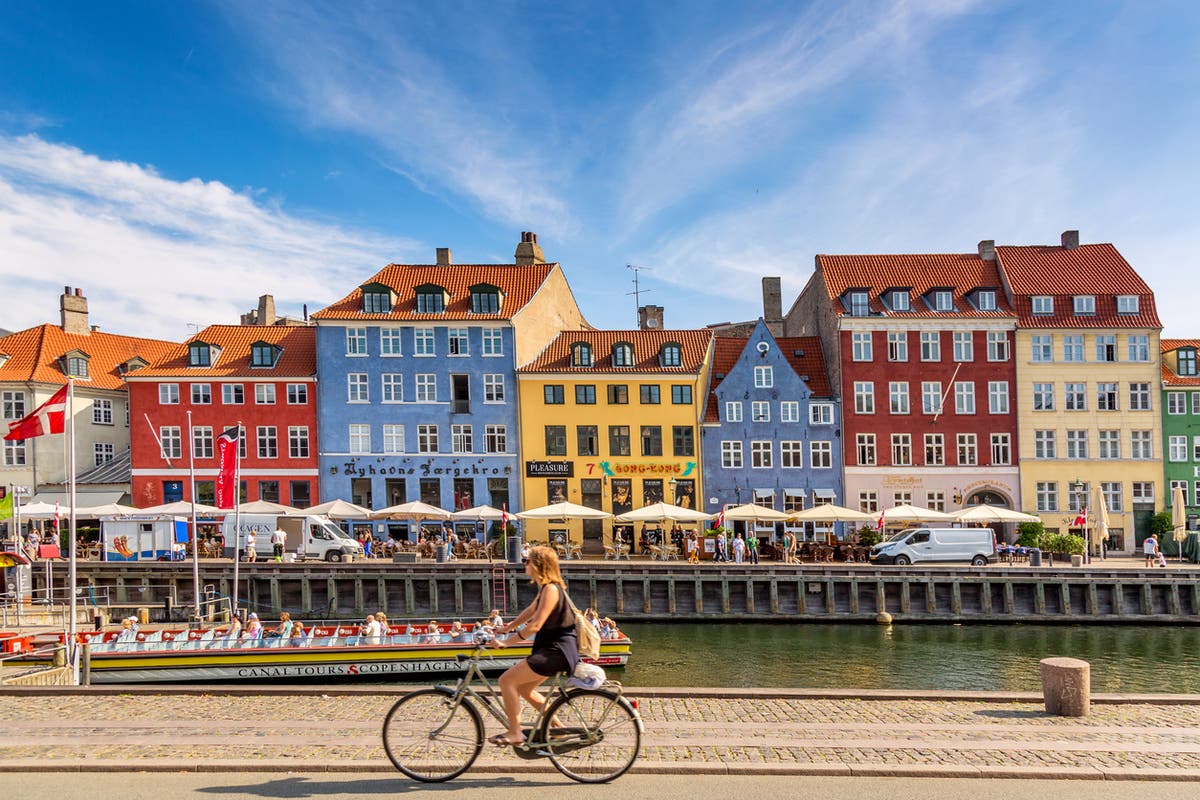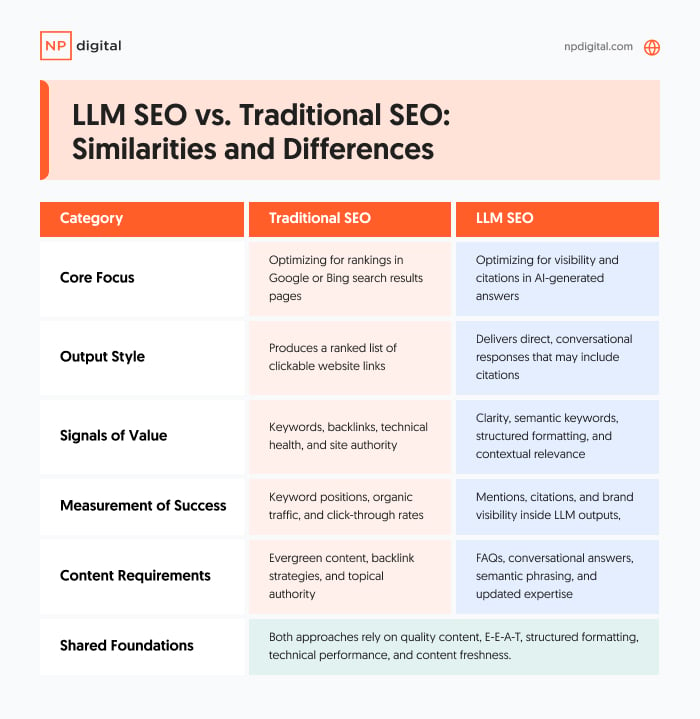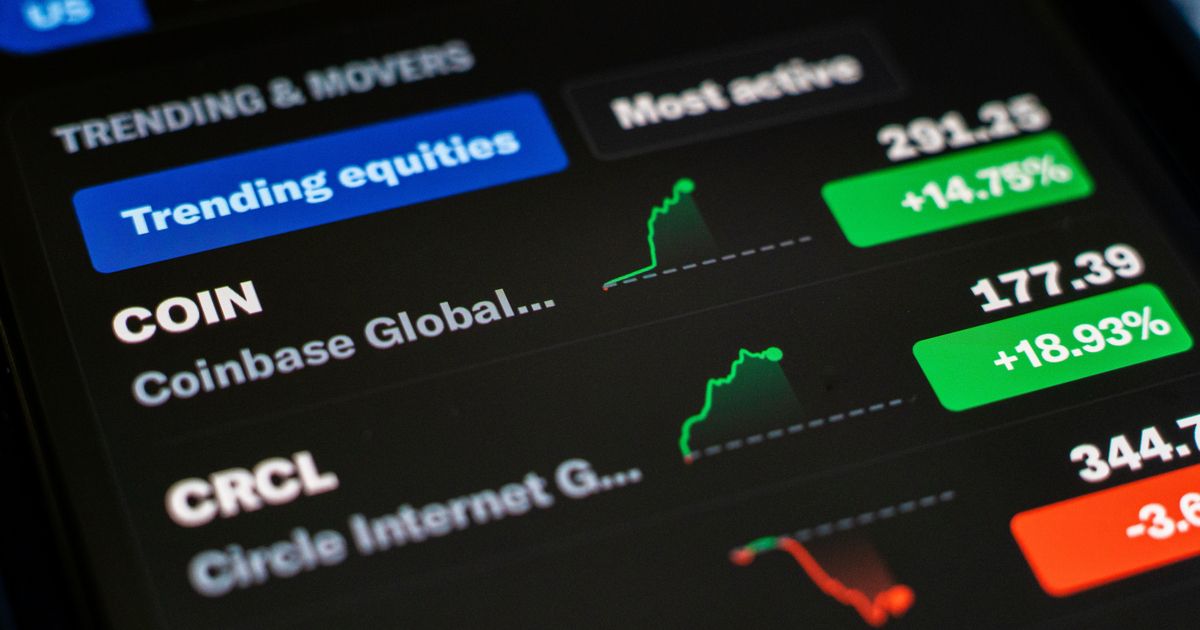It's Past Time to Normalize Naps
With global temperatures likely to rise significantly over the coming decades and the American workplace still reeling from the pandemic, there has never been a better time for Americans to demand fundamental changes to the way we live and...
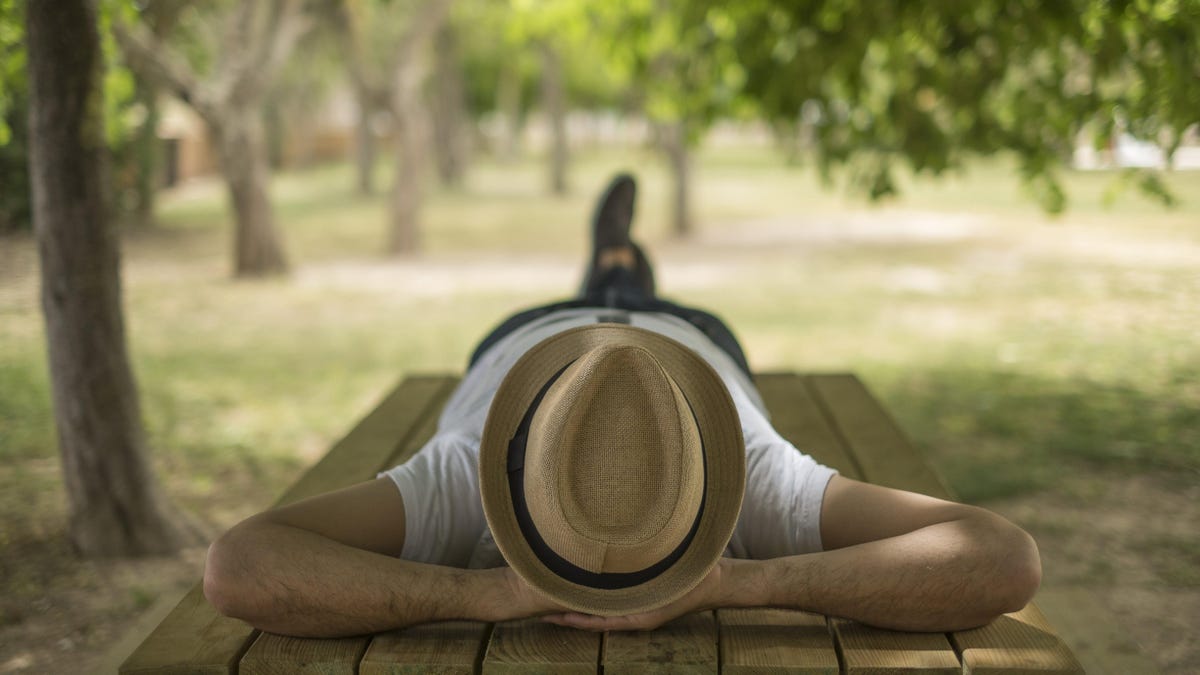

Photo: Fersurfer (Shutterstock)
With global temperatures likely to rise significantly over the coming decades and the American workplace still reeling from the pandemic, there has never been a better time for Americans to demand fundamental changes to the way we live and work. And we should start by normalizing taking a nap after lunch.
Blowing off the hottest part of the day to catch some sleep has a long history and is practiced across cultures, and more widespread adoption will lessen strain on the power grid during the hottest part of the day, reduce the number of heat-related injuries in people who work outside, and generally put everyone in a better mood. Napping isn’t “lazy.” It’s just a good idea.
The history of the siesta
Siestas are often associated with Spain, but the siesta’s true origin is in ancient Rome, where the sexta—the sixth hour of daylight after dawn, approximately 1 p.m. in winter, and 3 p.m. in summer—was used for eating, resting, and recuperation. The practice of shutting everything down for a bit in the middle of the day is still practiced in much of Italy and a ton of other countries too, particularly places where it’s hot in the middle of the day. In Spain, a midday nap used to be common, but it’s become less so in recent years—only about 40% of Spanish people surveyed say they take naps in the middle of the day.
The science behind the afternoon nap
According to sleep scientists, our snoozing schedule can be seen as conflict between two opposing drives. Our “sleep load,” or homeostatic sleep propensity, increases as we are awake longer—the further we are in time from waking up, the more we want to sleep. On the other side of the scale is our circadian signal for wakefulness. That usually kicks in in the early afternoon to keep us awake. The siesta can occupy that sweet spot when our drive for sleep is high, and our drive for wakefulness hasn’t fired up. This is, in the words of noted sleep scientist Charles Czeisler, “a great time for a nap.”
G/O Media may get a commission

70% off
Jachs NY Summer Shorts Sale
Exclusive sale on summer styles
Patterned, plain, twill, and chino, these classic shorts with 7-9" inseams tell a story—you’re a guy who vacations, maybe on a boat.
Is the siesta our greatest tool for fighting global warming?
No, the siesta is not our greatest tool for fighting global warming; cheap, renewable energy is. But the siesta could still help out a little. While we sleep, our body temperature drops, and we don’t require as much air conditioning as we do while awake. If everyone took off for a couple hours in the middle of the day, presumably we’d use less power and burn less fossil fuels. Yeah, we might have to make some of that up in the later part of the day with lights, but it’s still a net positive.
Personal pros and cons of taking a nap in the middle of the day
The research on the effects of taking a nap in the afternoon show conflicting information. Brief naps in the middle of the day have been shown to improve cognitive function, but frequent napping is also tied to higher blood pressure. A 2019 study in the medical journal Heart found that people who napped once or twice a week were 48% less likely to have a cardiovascular event than those who didn’t, but a 2015 study in the journal Sleep found that people who nap for an hour or more a day had nearly twice the rate of cardiovascular disease than that of people who didn’t nap. (Generally, hour-long naps are too long.) Napping has been show to improve athletic performance and our sense of well-being, but longer afternoon naps can lead to disorientation and poorer cognitive performance.
Ultimately, there’s conflicting evidence on the effects of habitual napping on cognition, blood pressure, obesity, metabolic traits, and mortality, but there is solid evidence that the drive to take an afternoon nap is genetic. “Daytime napping is biologically driven and not just an environmental or behavioral choice,” concludes Hassan Saeed Dashti of the MGH Center for Genomic Medicine, co-lead author of an extensive study of genetics and napping.
If it’s in some of our genes to take a nap in the middle of the day, how is it anything but tyranny for the non-napping among us to expect us to stay wide awake after lunch?
The nap-friendly workplaces of tomorrow, today
Thankfully, the pro-napping message is getting through to some workplaces. Sleeping-on-the job used to be a fireable offense, but more companies are encouraging employees to catch a few Zs at work. Google campuses all over the world feature “EnergyPods,” high-tech nap chambers complete with soothing lights, soft music, and relaxing vibrations. At ice cream maker Ben & Jerry’s, giving workers the time and place to take a nap is seen as “just another way for us to take care of the people who work there.” Even button-down accounting firm PricewaterhouseCoopers has a nap room at its Swiss office and offers a nap-friendly flexible schedule.
The changing American workplace
The work-from-home revolution caused by the COVID pandemic has shaken up the meaning of “work” all over the world. Priorities are being re-evaluated as Americans strive toward a greater balance between work and life. With the renewed power of labor in America and an economy with historically low levels of unemployment, there has never been a better time to demand the right to take a nap. We must normalize the siesta and we must do it now. I call on each of you to march into your boss’ office and say “What do we want? A nap! When do we want i…zzz.”

 MikeTyes
MikeTyes 









